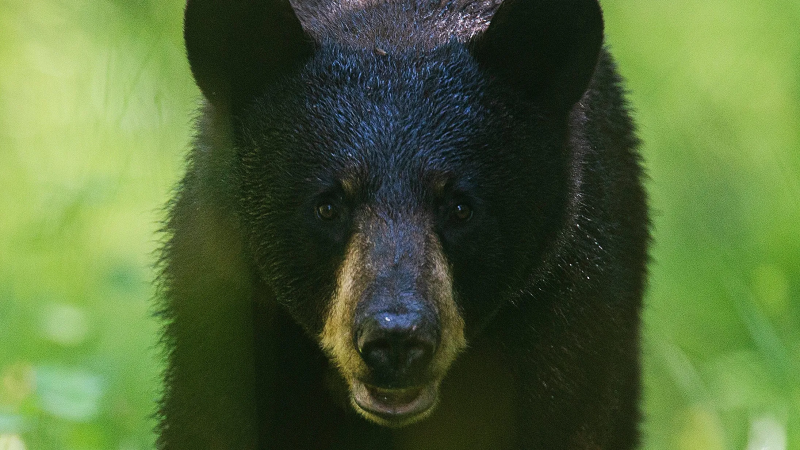Video shows rare 'species of concern' appear in West Virginia forest
An Allegheny woodrat, an animal considered to be a "species of concern" in West Virginia by the National Parks Service, was spotted on a trail camera in the Monongahela National Forest last month.
According to the NPS, the Allegheny woodrat is a small rodent, about the size of a squirrel, that resides in rock outcrops, boulder fields, abandoned mine portals, talus slopes and caves from southern New York to Tennessee.
"Some factors that have contributed to its population declines are food shortages, increases in predator populations, raccoon roundworm, and general human encroachment," according to the NPS. A trapped woodrat will rarely act aggressively toward its captors and instead appear fearful and curious, the park service said.
See the trail cam footage:
The U.S. Forest Service said in a Facebook post Tuesday that, despite their name and large size, Allegheny woodrats are more closely related to mice and there are only about 100,000 left in the wild.
The NPS says the Allegheny woodrat has a global conservation status of G3, meaning it is "at moderate risk of extinction of elimination due to restricted range, relatively few populations, recent and widespread declines, or other factors."

Allegheny woodrat found in Harpers Ferry National Historical Park in 2022
According to a news release from the National Park Service in September 2022, Allegheny woodrats were rediscovered that summer in the rocky forests of Harpers Ferry National Historical Park. It was the first time the species was seen in 20 years, according to the NPS.
"The Allegheny woodrat has experienced large population declines and even gone locally extinct over several parts of its native Appalachian range," the NPS said in the news release, while also saying wildlife biologists documented both adults and young of the species in Harpers Ferry.
“The Allegheny woodrat is a remarkable species, and we’re thrilled to find them again in the Harpers Ferry area,” said Nicole Keefner, a biological science technician at Harpers Ferry NHP, in the news release. “This rediscovery is an important reminder of the value of protecting natural places that provide crucial habitats for plants and wildlife.”
Gabe Hauari is a national trending news reporter at USA TODAY. You can follow him on X @GabeHauari or email him at Gdhauari@gannett.com.
Disclaimer: The copyright of this article belongs to the original author. Reposting this article is solely for the purpose of information dissemination and does not constitute any investment advice. If there is any infringement, please contact us immediately. We will make corrections or deletions as necessary. Thank you.



